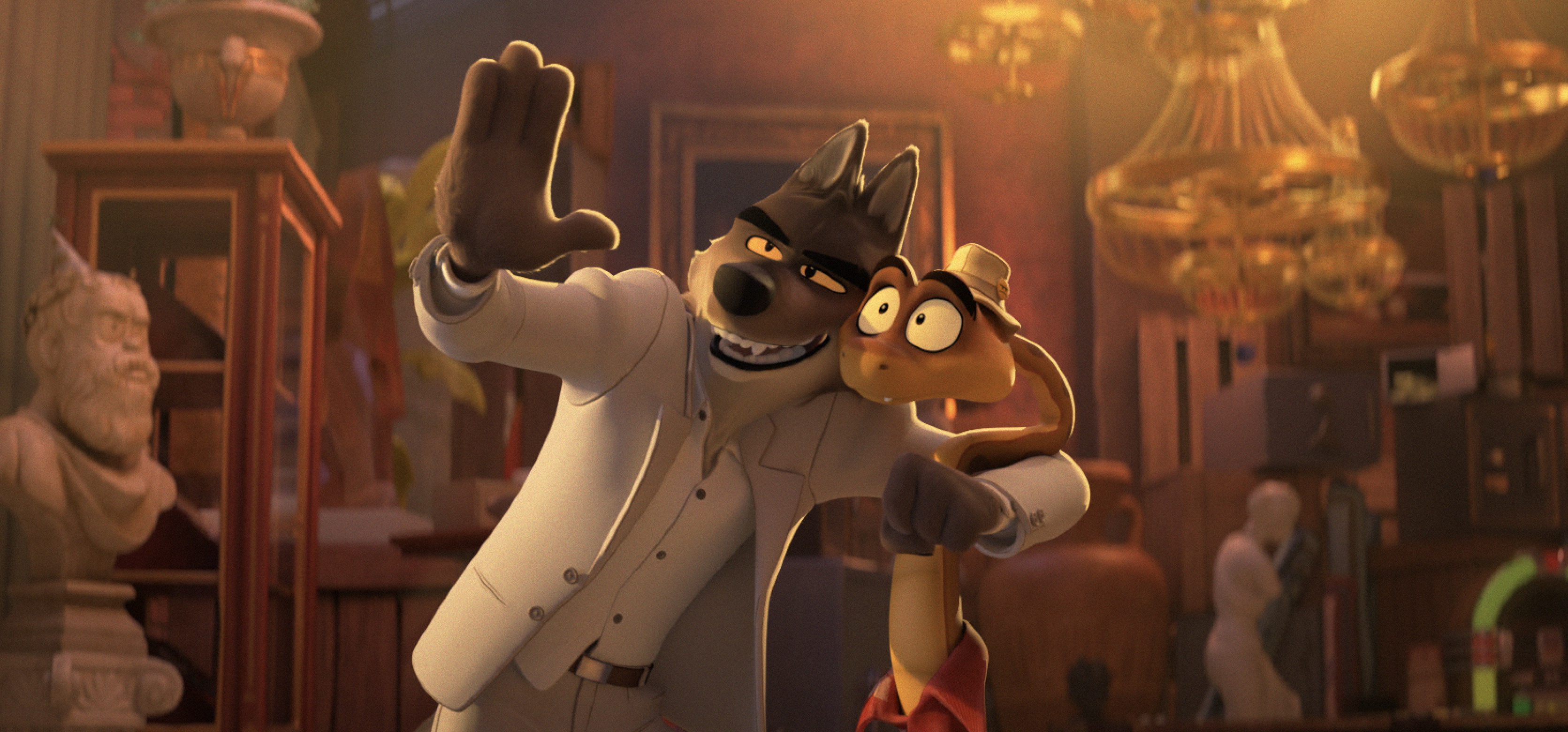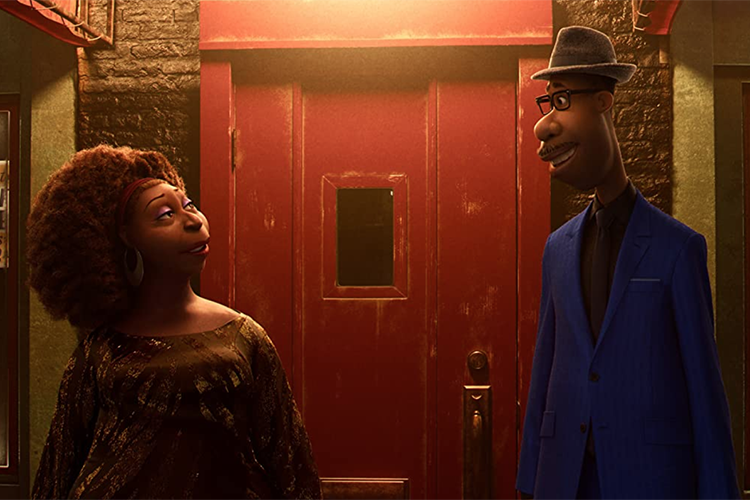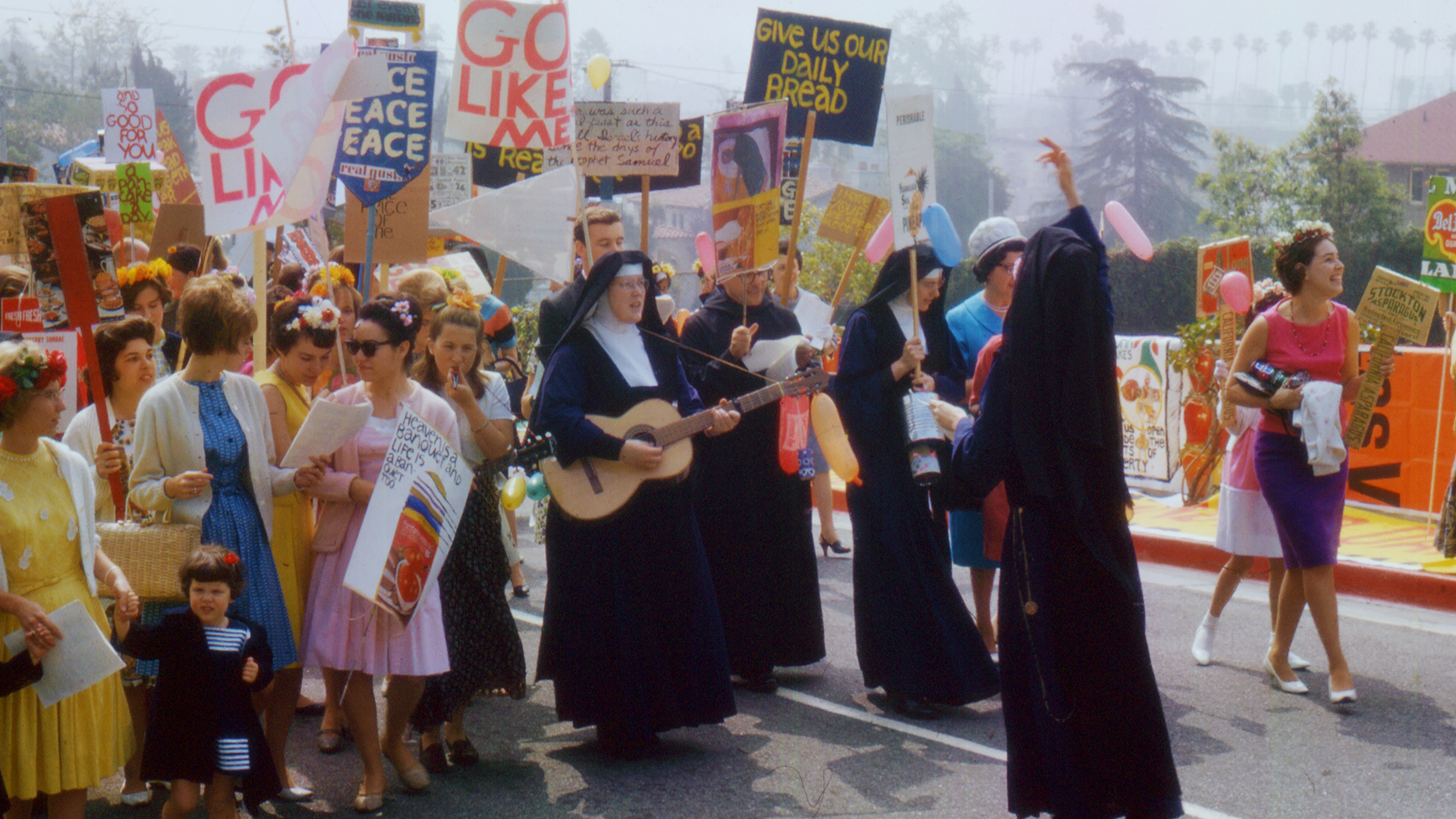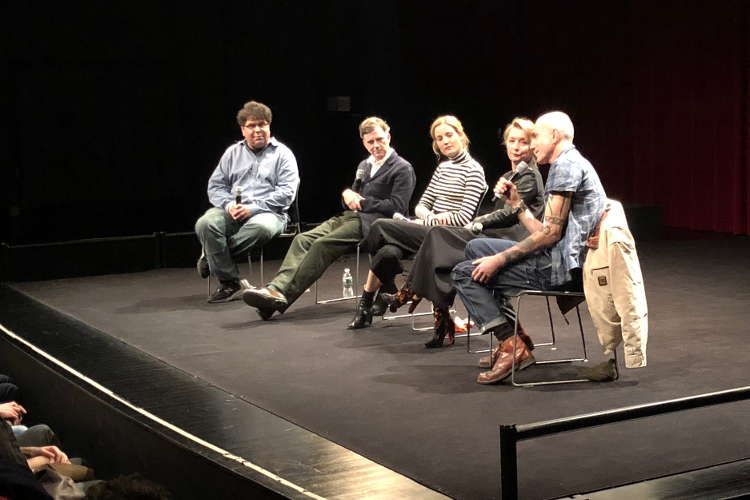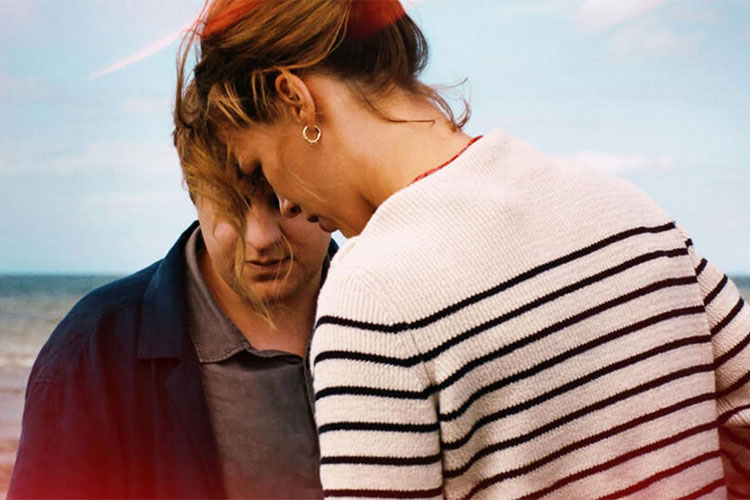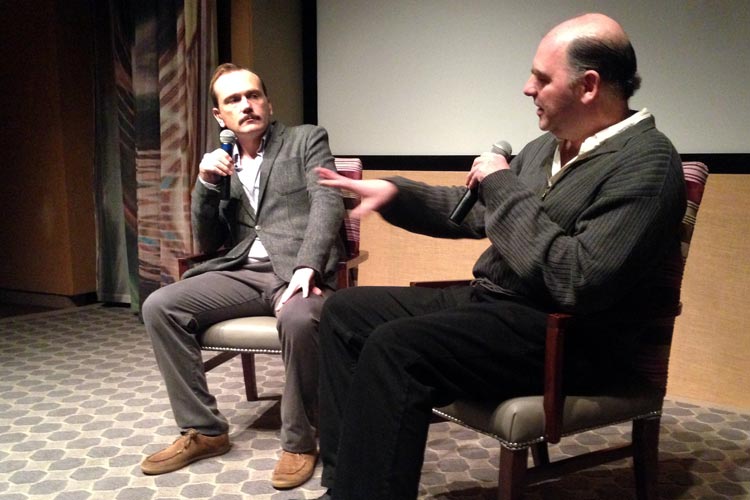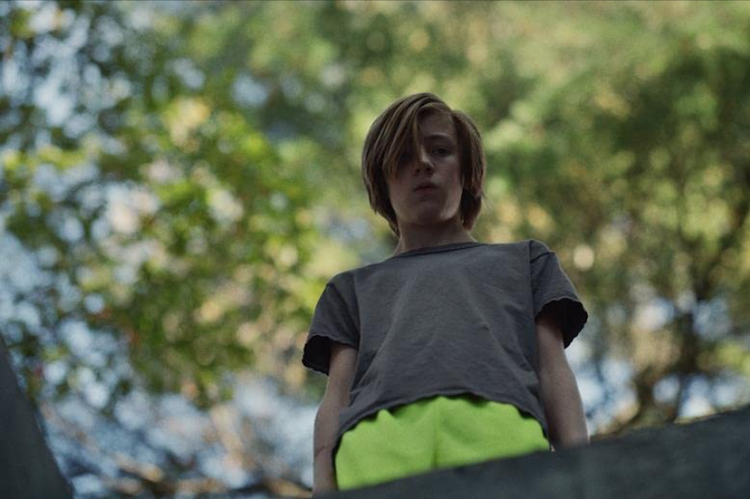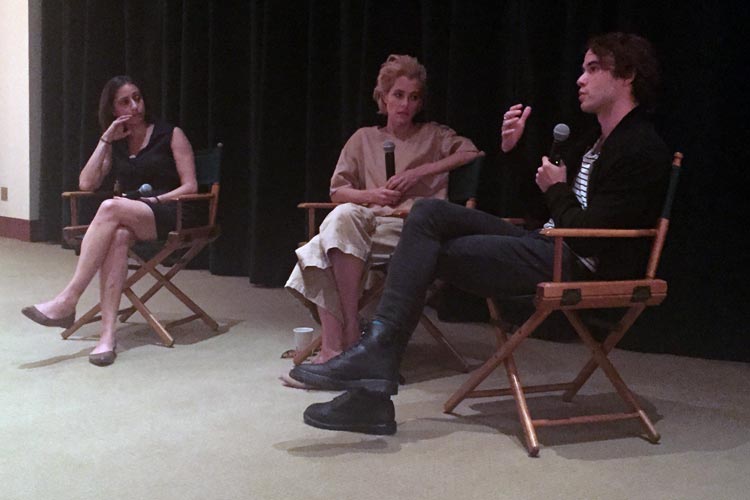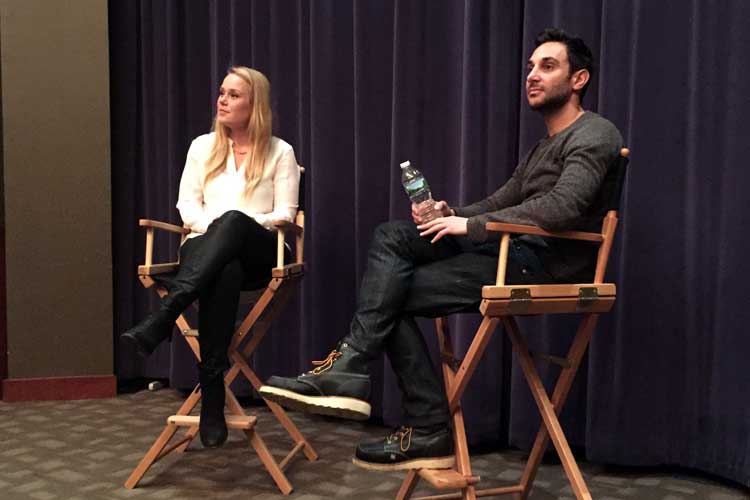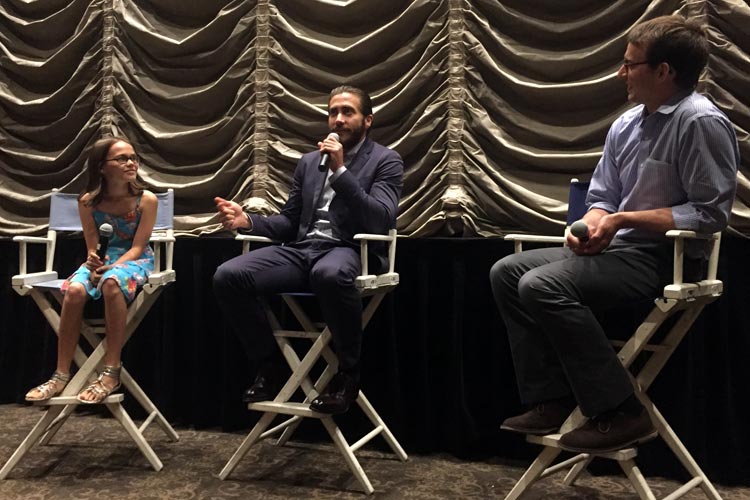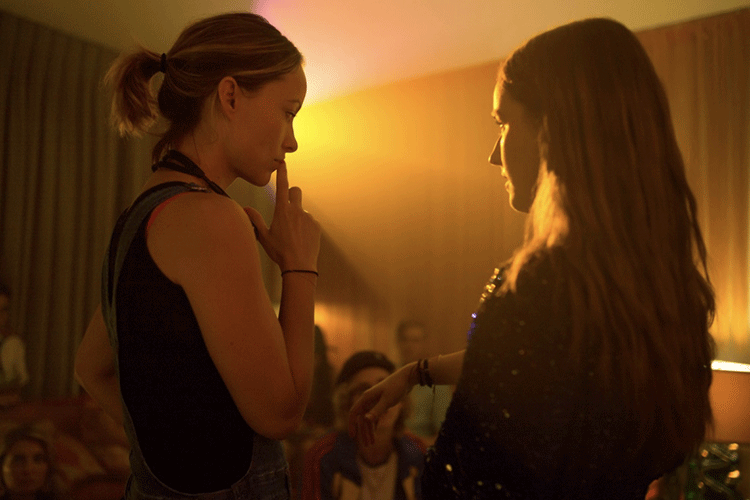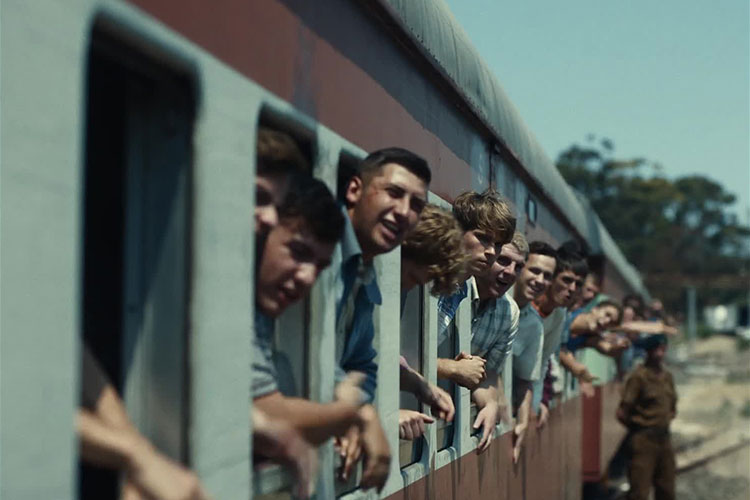In a narrative film, a character might have some piece of wardrobe or a prop that helps them inform the character. How did you work together to develop the voice of Snake?
Marc Maron: When we first got there, they showed me the sketches for the character but I think they were still trying to figure out how to get him to move.
